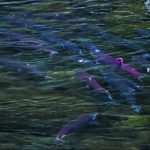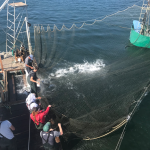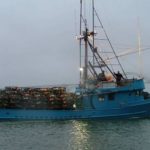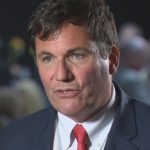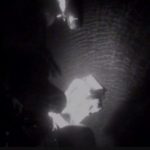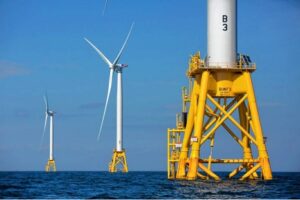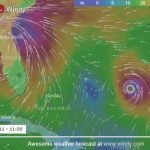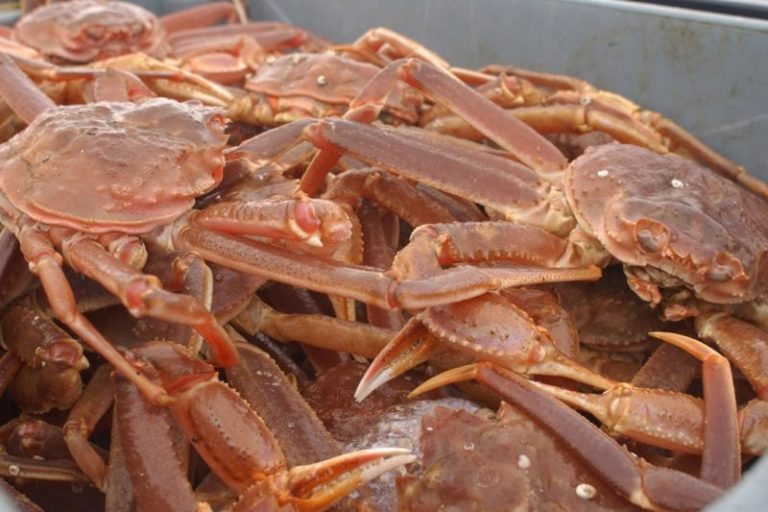FISH-NL takes stand against precautionary approach management system for snow crab; ‘inshore harvesters don’t want it’
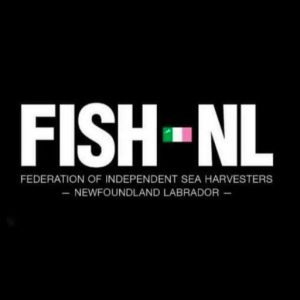
FOR IMMEDIATE RELEASE — Wednesday, March 6th
The Federation of Independent Sea Harvesters of Newfoundland and Labrador (FISH-NL) has taken a stand against the implementation of the so-called ‘precautionary approach’ management system in the commercial snow crab fishery.
“The message is loud and clear from all coasts — inshore harvesters don’t want it,” says Ryan Cleary, President of FISH-NL. “Fishermen say the management system that’s in place now works well enough, and follows the normal cyclical nature of the stock.”
The precautionary approach would have three levels or zones of classification — critical, healthy and cautious, with talks are ongoing between DFO and the FFAW-Unifor on setting the reference points dividing each category. FISH-NL is against the introduction of the precautionary approach altogether.
The precautionary approach looks at snow crab as an individual species rather than collectively through an ecosystem management approach. The precautionary approach for snow crab, for example, would not take into account the hammer-like impact of the massive harp seal population on snow crab or seismic testing in the offshore oil industry.
Inshore harvesters also believe the precautionary approach will result in deeper cuts to quota than are necessary, and make it harder for quotas to rise when warranted.
There’s word of a recommended cut this year of up to 30 per cent to the snow crab quota in fishing zones 3K off southern Labrador and northeastern Newfoundland, with a much larger cut further south in fishing zone 3L.
Meantime, harvesters in 3K expected a recommended roll over of the 2018 snow crab quota, and believe quota cuts will be deeper this year to make the precautionary approach easier to swallow when it’s implemented.
“The only way the precautionary approach can come into effect is if fishermen let it,” says Jason Sullivan, Secretary-Treasurer of FISH-NL and snow crab fisherman. “It’s time to take a stand.”
In 2018, the total allowable catch (TAC) for snow crab in the NL region was 29,390 tonnes — a 17 per cent decrease from 2017. Broken down, the quota reduction worked out to a 2% increase in 3K, a 24% decrease in 3LNO, a 19% increase in the 3Ps quota, and a 50 per cent reduction in 4R3PN.
DFO announced the precautionary approach for snow crab in November, although the FFAW-Unifor had been involved in a working group struck in 2012 to work on the implementation of the precautionary approach.
The ultimate decision on the 2018 snow crab quota rests with the federal minister of Fisheries and Oceans. The province’s snow crab fishery opens in April.
FISH-NL has called on Ottawa to resurrect the Fisheries Resource Conservation Council (FRCC) to bridge the enormous divide between fishermen and scientists over the state of fish stocks.
The FRCC, an arm’s-length federal advisory body, was created in 1993 — the year after the northern cod moratorium — to address the divide at the time between DFO science and the fishing industry. The FRCC’s role was to listen to all sides and provide advice to the federal minister on quotas, but the organization was disbanded in 2011 by the former Stephen Harper administration.
-30-
Contact Ryan Cleary: 682 4862

































